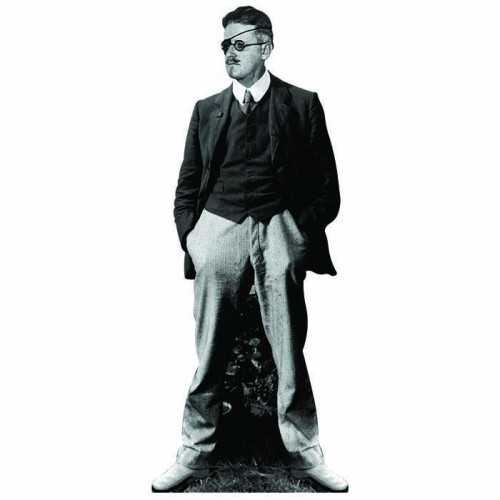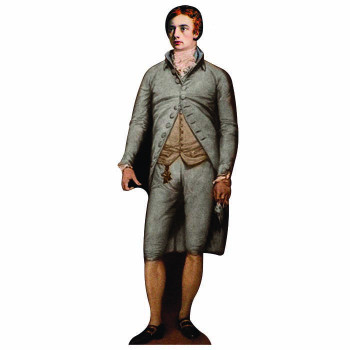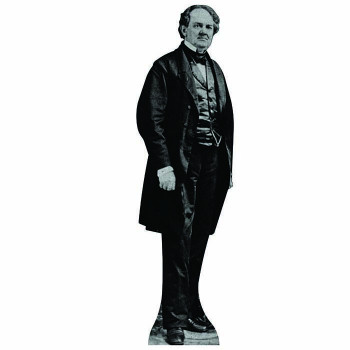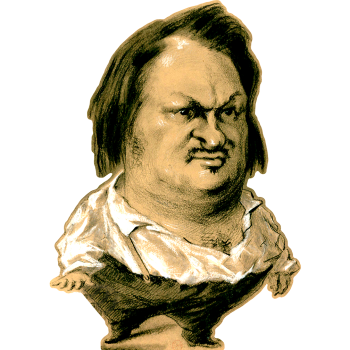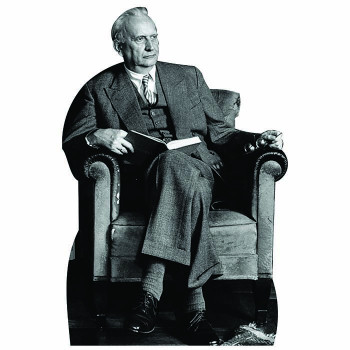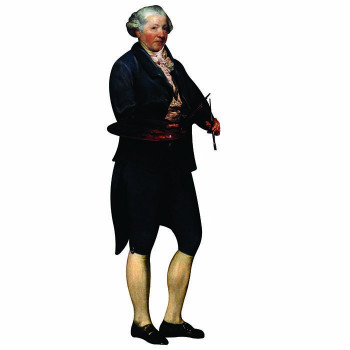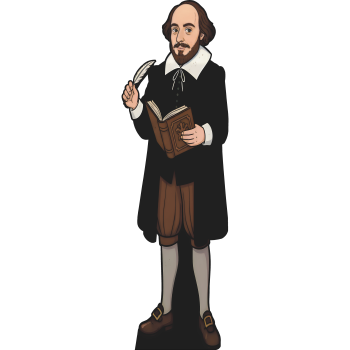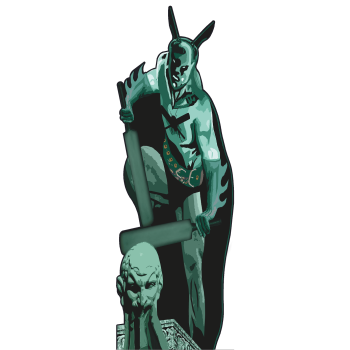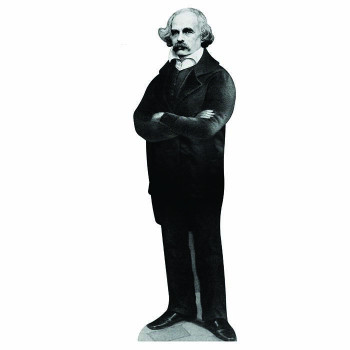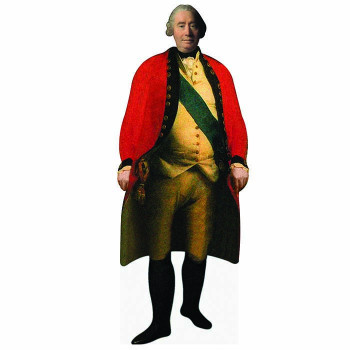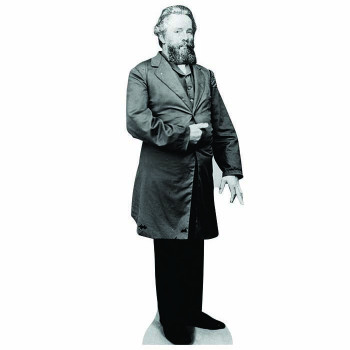JAMES JOYCE CARDBOARD CUTOUT
-
$0.00
Available Options
Buy Instantly With
Introduction to James Joyce
Celebrate the legacy of one of the most influential modernist writers in literary history with our lifesize cardboard cutout of James Joyce. Perfect for literary displays, educational events, or as an inspiring addition to your home or office, this cutout captures the intellectual and avant-garde presence of James Joyce, reflecting his significant impact on literature and culture.
Background of James Joyce
James Augustine Aloysius Joyce was born on February 2, 1882, in Dublin, Ireland. He was the eldest of ten surviving children in a Catholic family. Joyce's early education was marked by academic excellence, attending the prestigious Jesuit schools Clongowes Wood College and Belvedere College. He later studied modern languages at University College Dublin, where he graduated in 1902.
After completing his education, Joyce moved to Paris to study medicine but soon abandoned it to pursue a career in writing. His return to Dublin in 1903 due to his mother's illness was a turning point in his life. During this period, he began to develop his unique literary voice, drawing heavily on his experiences in Dublin.
Joyce's first major publication, "Dubliners" (1914), is a collection of short stories depicting the lives of Dublin's middle and lower classes. The book is celebrated for its detailed realism and innovative narrative techniques, including the use of epiphany—a moment of sudden insight experienced by the characters.
His semi-autobiographical novel "A Portrait of the Artist as a Young Man" (1916) follows the intellectual and philosophical development of Stephen Dedalus, Joyce's literary alter ego. The novel is acclaimed for its exploration of identity, individuality, and the artistic process.
Joyce's most famous work, "Ulysses" (1922), is considered one of the greatest novels of the 20th century. The novel, set in Dublin on a single day—June 16, 1904—follows the lives of Leopold Bloom, Stephen Dedalus, and other characters. "Ulysses" is renowned for its stream-of-consciousness technique, rich symbolism, and deep exploration of human consciousness. The novel's experimental style and explicit content led to initial censorship, but it eventually gained recognition as a masterpiece of modernist literature.
Joyce's final work, "Finnegans Wake" (1939), is a complex and multilayered novel that pushes the boundaries of language and narrative form. The book's intricate wordplay and dense allusions make it one of the most challenging and rewarding reads in literary history.
Throughout his life, Joyce faced numerous personal and financial struggles, including eye problems that nearly blinded him. Despite these challenges, he remained dedicated to his craft, producing some of the most innovative and influential works in literature.
James Joyce passed away on January 13, 1941, in Zurich, Switzerland. His legacy as a pioneering modernist writer endures, influencing countless authors and shaping the course of 20th-century literature.
Cultural Impact of James Joyce
James Joyce's impact on literature and culture is immense and far-reaching. His innovative narrative techniques and experimental use of language revolutionized modernist literature and continue to influence writers and scholars worldwide.
"Dubliners" introduced readers to Joyce's keen eye for detail and his ability to capture the essence of everyday life. The collection's exploration of themes such as paralysis, epiphany, and the complexity of human relationships set a new standard for short fiction.
"A Portrait of the Artist as a Young Man" broke new ground in its portrayal of the artist's journey toward self-discovery and creative expression. The novel's stream-of-consciousness technique and introspective focus influenced a generation of writers exploring the depths of human consciousness and individual identity.
"Ulysses," Joyce's magnum opus, is celebrated for its groundbreaking narrative style and rich intertextuality. The novel's stream-of-consciousness technique, which captures the inner thoughts and feelings of characters in real-time, has had a profound impact on narrative form. "Ulysses" is also notable for its deep engagement with classical literature, particularly Homer's "Odyssey," and its rich tapestry of allusions, symbols, and linguistic experimentation.
"Finnegans Wake" represents the pinnacle of Joyce's experimental approach to language and narrative. The novel's dense and complex structure, filled with multilingual puns and obscure references, challenges traditional notions of readability and interpretation. Despite its difficulty, "Finnegans Wake" has inspired extensive scholarly analysis and remains a subject of fascination for literary enthusiasts.
Joyce's influence extends beyond literature to other forms of art and culture. His exploration of inner consciousness and his innovative narrative techniques have impacted modern psychology, film, and even music. Joyce's works continue to inspire adaptations, interpretations, and scholarly studies, reflecting their enduring relevance and universal appeal.
Joyce's portrayal of Dublin and its inhabitants also left a lasting cultural legacy. His detailed depiction of the city's streets, characters, and social dynamics has immortalized Dublin in literary history, attracting tourists and literary pilgrims who seek to trace the footsteps of his characters.
This cutout of James Joyce celebrates his remarkable contributions and enduring legacy as a master writer and modernist innovator. It serves as a tribute to his literary brilliance, his impact on the development of modern literature, and his significant role in shaping the cultural and intellectual heritage of the 20th century.
| Size | |
| Width | |
| Height | 72 Inches |
- Brand: Historical Cutouts
- Product Code:H79130
- Availability:In Stock
LEARN MORE ABOUT OUR AVAILABLE MATERIALS

LIFE SIZE HISTORICAL CUTOUTS
We have been the leading historical based cutout supplier for nearly 10 years. We have worked with many schools, museums, and colleges across the country to provide stunning graphics from hsitory. Historical Cutouts are available in 3 materials and come contour cut with an easel to be self standing. Click below to learn more about each material and our cutout process.
Learn More
LIFE SIZE HISTORICAL WALL DECALS
All of our historical figures are available as a life size wall decals. Vinyl wall decal orders come ready to apply with squeegie and instructions. Having trouble? Check out our how to youtube video. Our graphics are printed on tear resistant PhotoTex Vinyl using our high definition 4 color plus white printing process.
Learn More
HISTORICAL ACRYLIC CUTOUTS
Desktop Legends are a smaller version of our life size cutotus printed on 3/16th" acrylic. All of our historical cutouts are also available as a desktop legend. These acrylic statuettes come in two sizes, 8" and 12". If you would like to learn more please click below.
Learn MoreRELATED PRODUCTS
-
Leo Tolstoy Sitting Cardboard Cutout
62x46 inch cardboard cutout of Leo Tolstoy, one of the most influential authors of all time. He is m..
John Keats Cardboard Cutout
Introduction to John KeatsCelebrate the legacy of one of the greatest Romantic poets with our lifesi..
P.T. Barnum Cardboard Cutout
Introduction to P.T. BarnumCelebrate the legacy of one of the most influential showmen and entrepren..
Honore de Balzac Caricature Cardboard Cutout
Introduction to Honore de BalzacStep into the world of French literature with our Honore de Balzac C..
Karl Jaspers Cardboard Cutout
Introduction to Karl JaspersCelebrate the legacy of one of the most influential existentialist philo..
Sir Joshua Reynolds Cardboard Cutout
Introduction to Sir Joshua ReynoldsCelebrate the legacy of one of the most influential portrait pain..
Anton Chekhov Cardboard Cutout
Introduction to Anton ChekhovCelebrate the legacy of one of the greatest playwrights and short story..
William Shakespeare Illustration Cardboard Cutout
72x22 inch cardboard cutout of the famous playwright and author William Shakespeare. Well known work..
Cricket Bat Man Cardboard Cutout
Introduction to Cricket Bat Man Cricket Bat Man might just be the hero your next event needs. Combin..
Nathaniel Hawthorne Cardboard Cutout
Introduction to Nathaniel HawthorneCelebrate the legacy of one of America's most influential writers..
David Hume Cardboard Cutout
Introduction to David HumeCelebrate the legacy of one of the most influential philosophers of the En..
Herman Melville Cardboard Cutout
Introduction to Herman MelvilleCelebrate the legacy of one of America's greatest literary figures wi..

